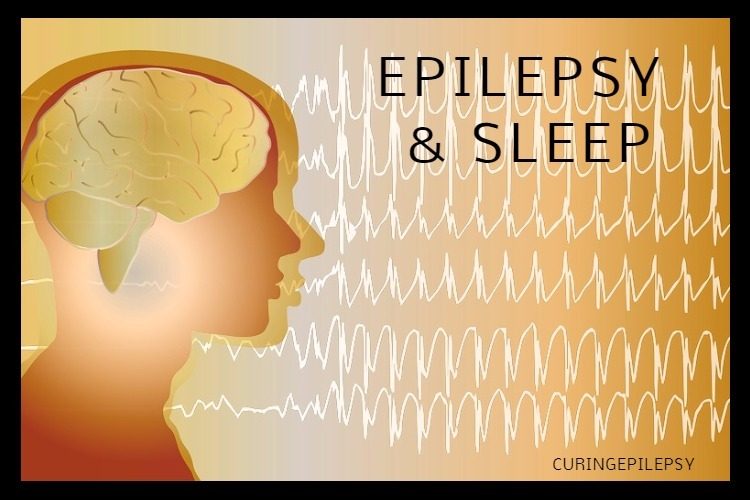
People with catamenial epilepsy may also benefit from epilepsy surgery targeting the area of the brain where the seizures originate. This involves removing the ovaries, which completely stops menstruation and can provide relief. You may also be asked to follow a seizure diet, or a low-carbohydrate diet, like the modified Atkins diet. If certain foods trigger seizures, you’ll likely need to avoid them. A neurologist can help you choose the safest hormonal drug for your situation. Hormonal drugs might negatively interact with some AEDs. The best option depends on whether you have regular or irregular periods. gonadotropin‐releasing hormone (GnRH) analogues.This includes drugs to increase progesterone or reduce estrogen. Hormonal drugs are used in combination with AEDs. You might also have to take multiple AEDs. You may need to take higher doses when you’re most likely to have worse seizures. Some AEDs can alter levels of reproductive hormones, which may continue triggering seizures. This is due to the hormonal fluctuations that happen during the menstrual cycle. The first line of treatment is anti-epilepsy drugs (AEDs). Thus, its proconvulsant effects can cause seizures in a C2 pattern. The mechanism behind these effects is unknown.Įstrogen increases around ovulation. Unlike progesterone, estrogen has proconvulsant effects. It helps regulate the menstrual cycle and growth of the uterine lining.

Right before menstruation the progesterone decreases faster than estrogen leading to more estrogen than progesterone which is what is thought to trigger pre-menstrual seizures.Įstrogen is the main reproductive hormone in people assigned female at birth. Increased estrogenĬ1 and C2 patterns are related to changes in estrogen. It also decreases during the luteal phase. However, progesterone drops just before and during your period. It helps make neurosteroids in the brain, which control the excitability of nerve cells. The hormone also has natural anticonvulsant effects. It thickens the lining of your uterus, which prepares your body for a fertilized egg. Progesterone is a hormone that increases after ovulation each month. The C3 pattern is caused by inadequate progesterone secretion during the luteal phase. The C1 pattern is sometimes due to changes in progesterone. But according to a 2019 study, it’s related to the hormonal changes that happen during the menstrual cycle. Further research is warranted in this field, keeping in mind that the neural networks underlying NFLE remain poorly known and might primarily involve extrafrontal brain regions in some patients.The exact cause of catamenial epilepsy is unclear. Conversely, the majority of NFLE patients does not seem to present with gross cognitive disturbance, even though many of these patients complain of chronically disrupted sleep and daytime sleepiness. Available data suggest that behavioral problems and mental retardation might be associated with ADNFLE, especially when it is related to a mutation of the nicotinic receptor subunits. No study has yet specifically evaluated the neuropsychological profile of patients with NFLE.


NFLE-like seizures were recently found to be associated with temporobasal cortical dysplasia, or an insular epileptogenic zone, including one patient with autosomal dominant frontal lobe epilepsy (ADNFLE).

The frontal origin of seizures has rarely been demonstrated, and mainly relies on the presence of ictal signs suggestive of frontal lobe epilepsy, but which might only reflect the propagation of ictal discharges of extrafrontal origin. NFLE is rather a heterogeneous disorder which includes both sporadic and familial forms, various seizure types, and drug resistance in about 30% of patients. However, several issues complicate this view. It is usually considered as a relatively benign and homogeneous epileptic syndrome, the neuropsychological impact of which should be minimal. Nocturnal frontal lobe epilepsy (NFLE) is a condition primarily characterized by seizures occurring exclusively or predominantly during sleep, the semiology of which suggest a frontal lobe origin and, more specifically, the involvement of the orbitofrontal or mesial frontal regions.


 0 kommentar(er)
0 kommentar(er)
